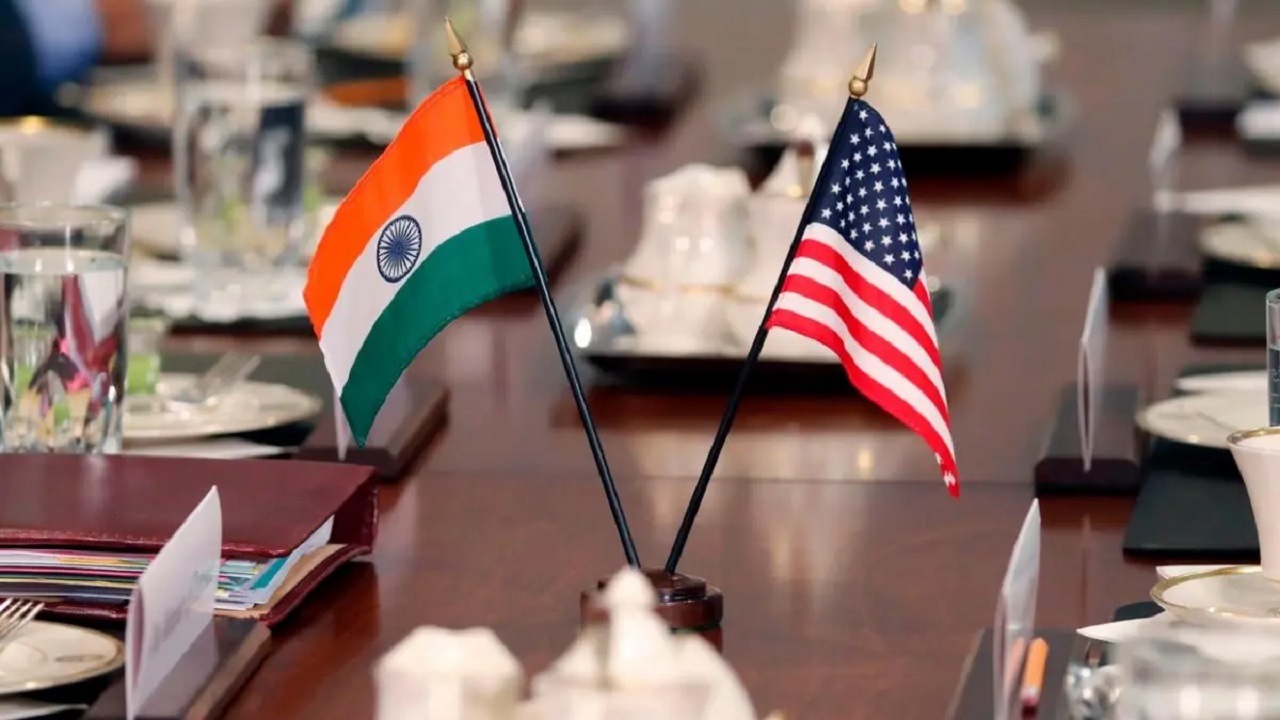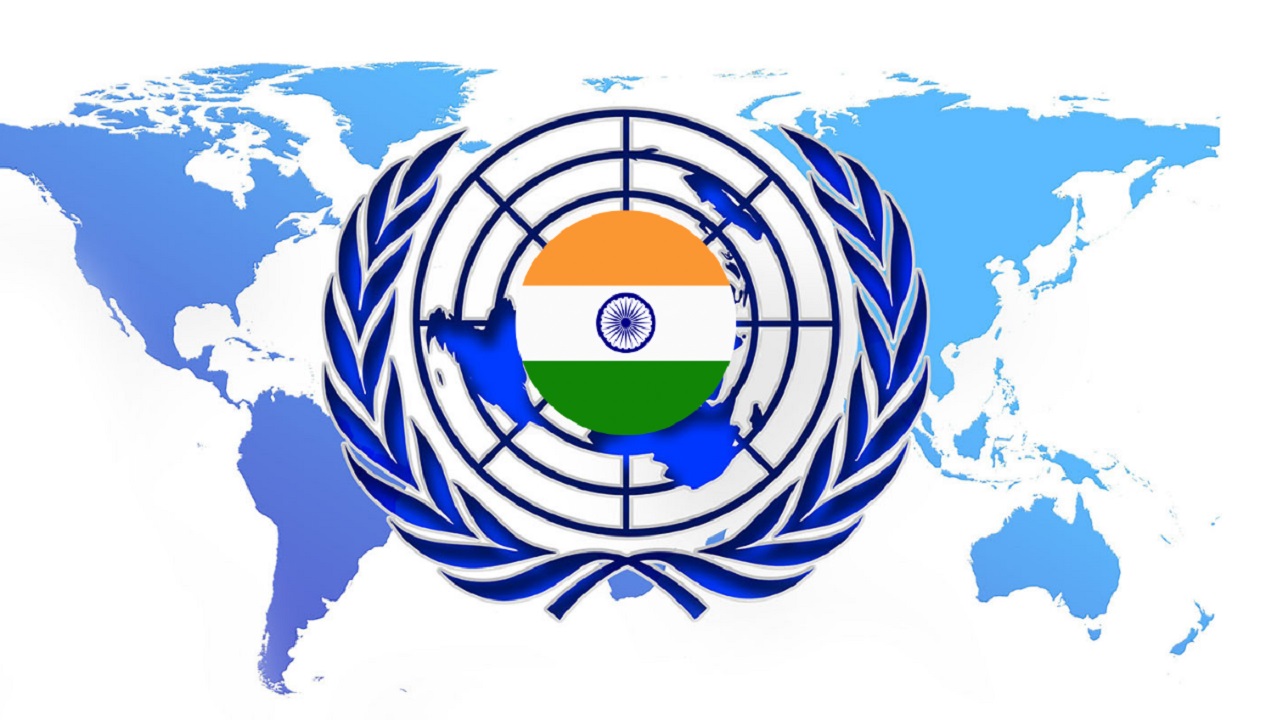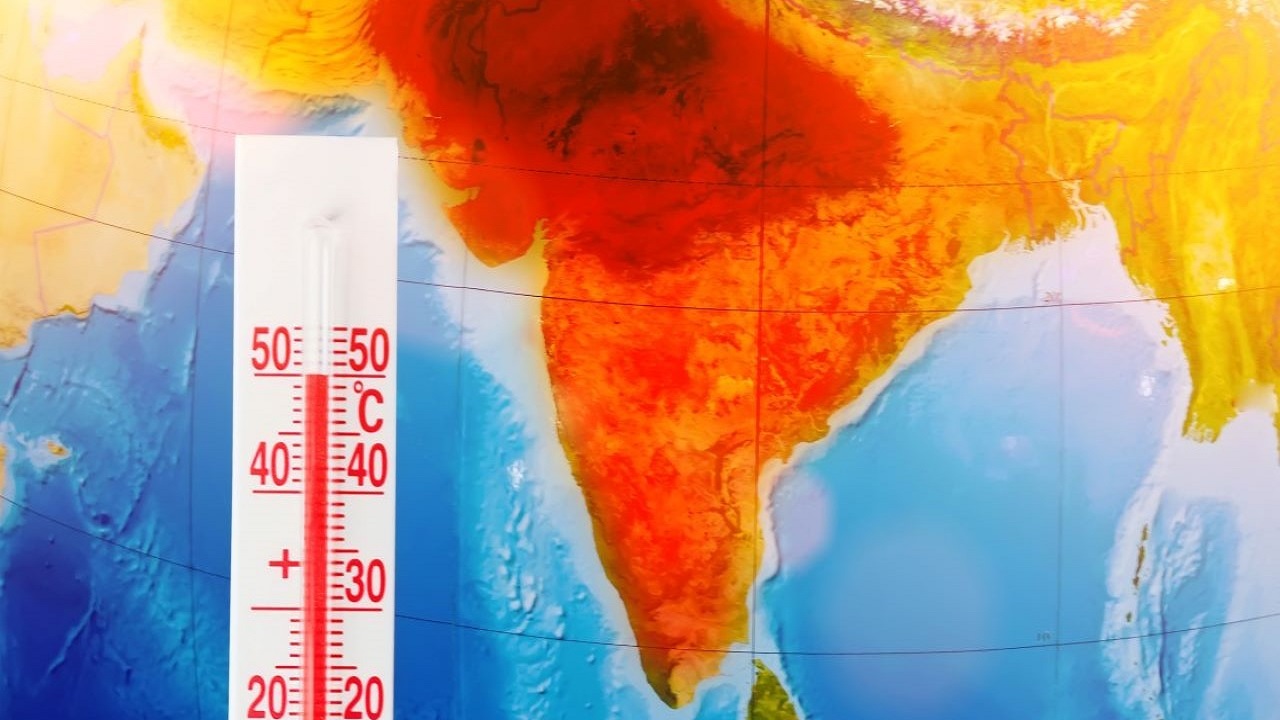India-U.S. Ties at a Crossroads: Navigating Strategic Strain
Context
The India-U.S. strategic partnership has long been projected as a defining relationship of the 21st century. Built on shared democratic values, mutual economic interests, and geopolitical alignment, both nations have deepened cooperation across diverse sectors. However, recent developments under the Trump administration have raised concerns regarding the stability and future trajectory of this relationship.
Introduction
Despite consistent engagement and cooperation in areas such as defence, trade, space, energy, and technology, India-U.S. ties have recently entered a phase of visible strain. Statements and decisions by President Trump have revealed underlying structural divergences, moving beyond temporary political disagreements. These developments highlight the complexities of sustaining a balanced partnership between an established global power and a rising one asserting strategic autonomy.
Challenges in India-U.S. Ties
1. Shift in U.S. Positioning under Trump
-
President Trump’s 12-hour public criticism of India's trade and strategic choices marked a turning point.
-
Imposition of a 25% tariff hike and additional penalties on India’s trade with Russia signaled deeper discontent.
-
U.S. experts termed India’s global aspirations as “delusional”, citing a strategic mismatch.
2. Rise of Ideological and Strategic Divergences
-
Nationalist narratives in both nations are fueling mistrust and reducing diplomatic predictability.
-
India’s shift from a developmental image to one of an assertive global power is viewed with caution in Washington.
-
U.S. discomfort with India’s power projection, even as a partner, highlights enduring asymmetries.
3. U.S. Scepticism about India’s Global Path
-
A section of U.S. policymakers is critical of India’s internal policies, foreign posture, and closeness to Russia and Iran.
-
India’s “India First” approach and refusal to toe U.S. lines on global issues have increased unease in Washington.
-
India’s efforts to balance engagements with both BRICS and QUAD, and maintain neutrality in the Russia-Ukraine conflict, are seen as contrary to U.S. expectations.
4. Trade Frictions and Market Access Issues
-
Protectionist measures like Make in India and limited foreign access to Indian markets have frustrated U.S. businesses.
-
Economic ties are further strained due to unmet expectations from past trade negotiations.
5. U.S.-Pakistan Reset and Its Implications
-
Trump’s announcement of a new trade deal with Pakistan, focusing on potential oil reserves, has caused concern in India.
-
The visit of Pakistan Army Chief Asim Munir to the White House, and growing defence cooperation, point to a possible strategic reset.
-
These moves coincide with U.S. strikes on Iran, further complicating India’s West Asia policy.
6. Possible Motives Behind Trump’s Actions
-
Analysts believe Trump's strategy stems from a hardline negotiating style, using tariffs to extract policy changes.
-
India’s public rejection of Trump’s mediation offer on Kashmir likely embarrassed him, fueling a more aggressive stance.
Strategic Gains at Risk
-
The fear in New Delhi is that such rhetoric and policy moves may undo decades of strategic progress.
-
Milestones like the Indo-U.S. nuclear deal, growth in defence cooperation, and institutionalisation of the Quad could be jeopardised.
-
Past support from Trump during crises like Pulwama and LAC tensions now contrasts with recent friction.
Conclusion
India is currently adopting a measured and cautious approach to manage the recent turbulence in ties with the U.S. Going forward, the challenge lies in:
-
Maintaining strategic autonomy while balancing external pressure
-
Re-establishing diplomatic access to key decision-makers in the U.S.
-
Rebuilding mutual trust to preserve long-term strategic convergence
As global geopolitics become increasingly volatile, India must carefully recalibrate its engagement with the U.S., ensuring that recent tensions do not derail a critical partnership.




Comments (0)